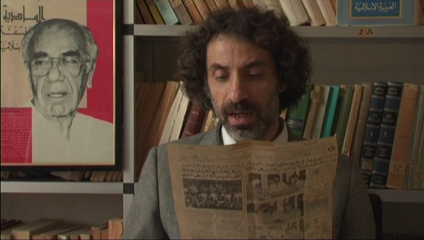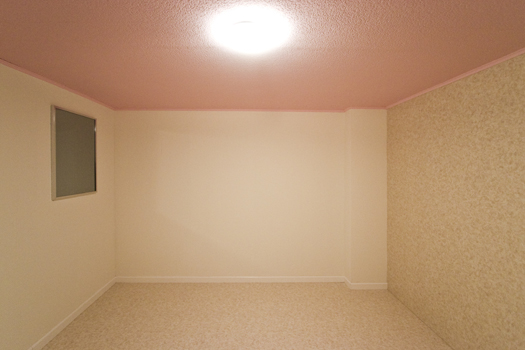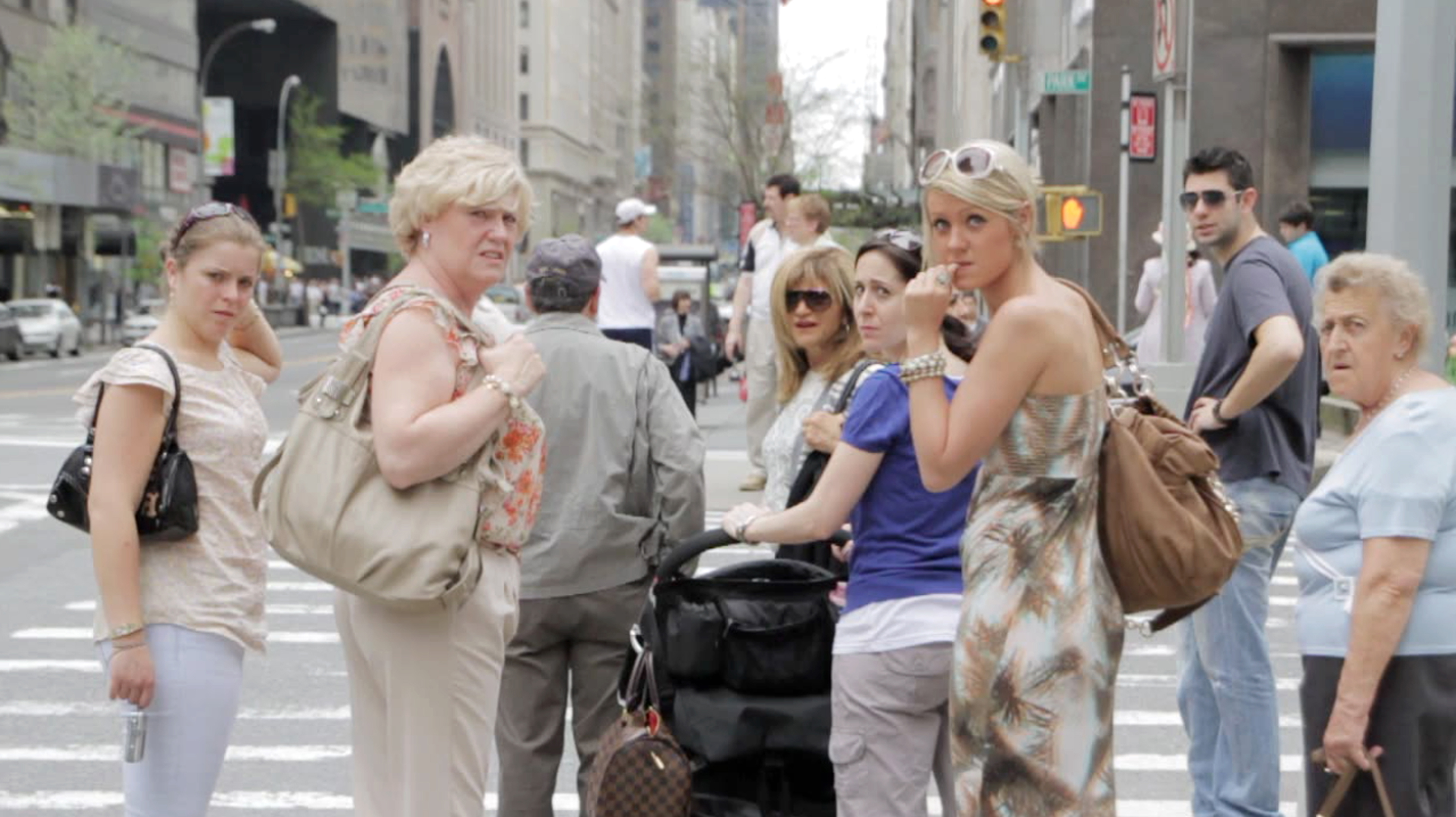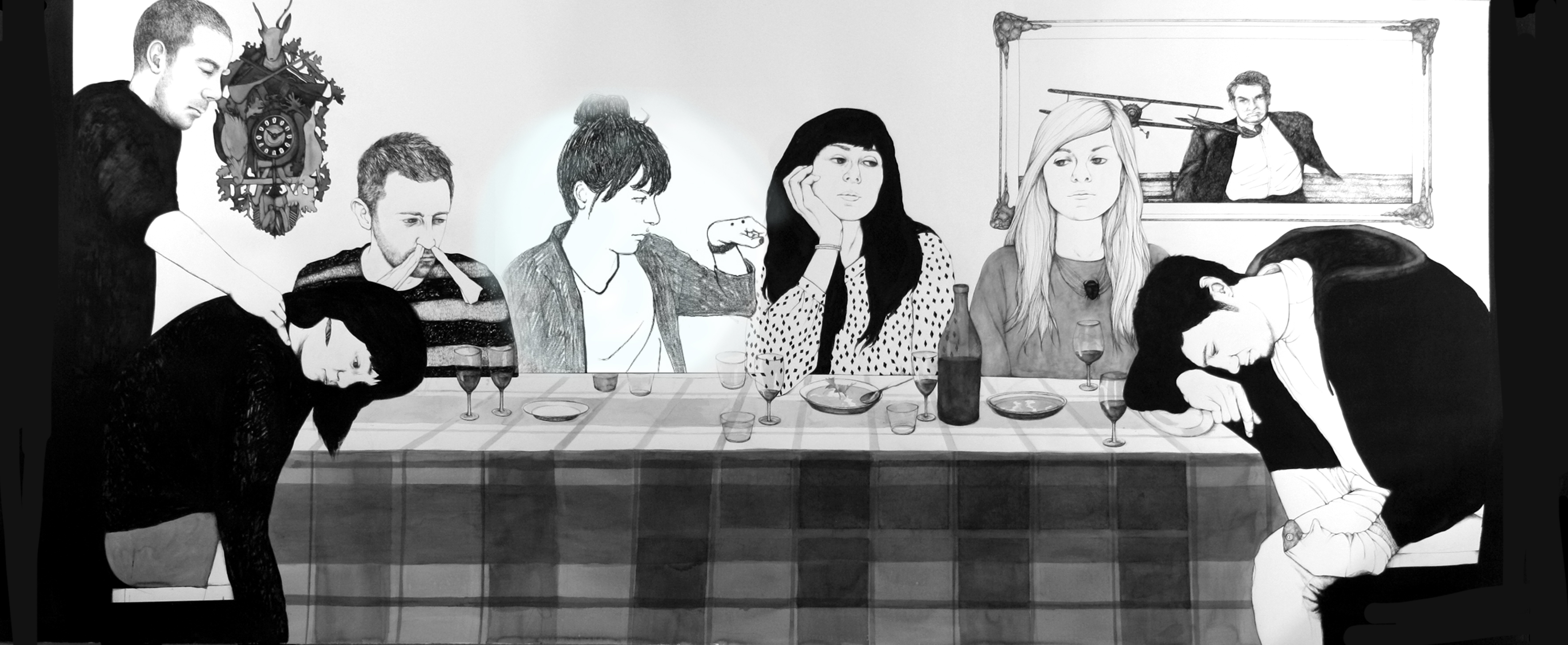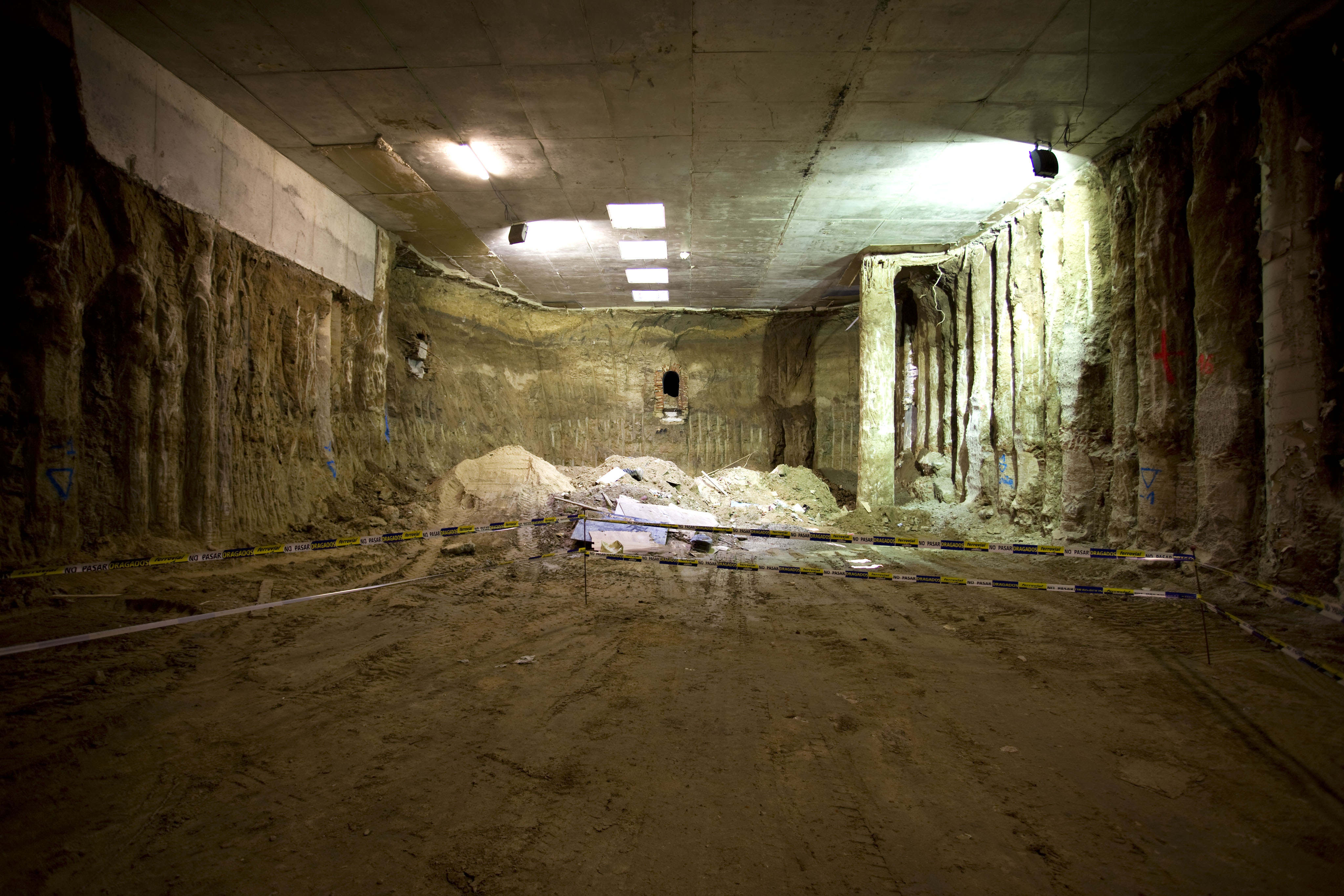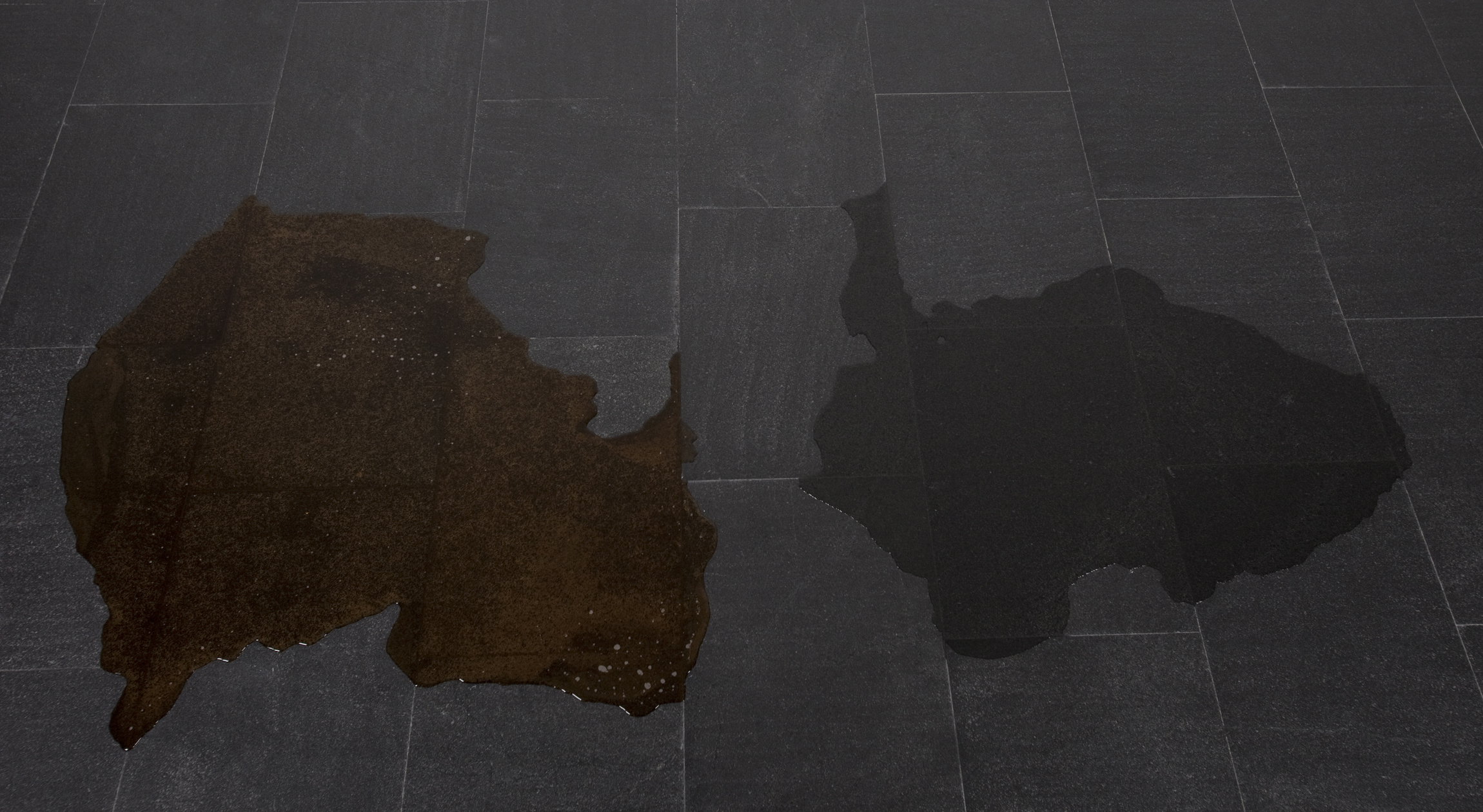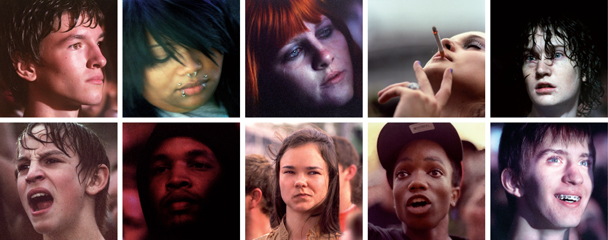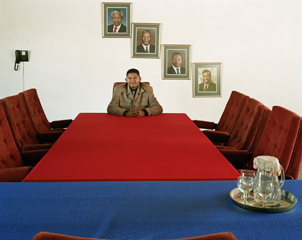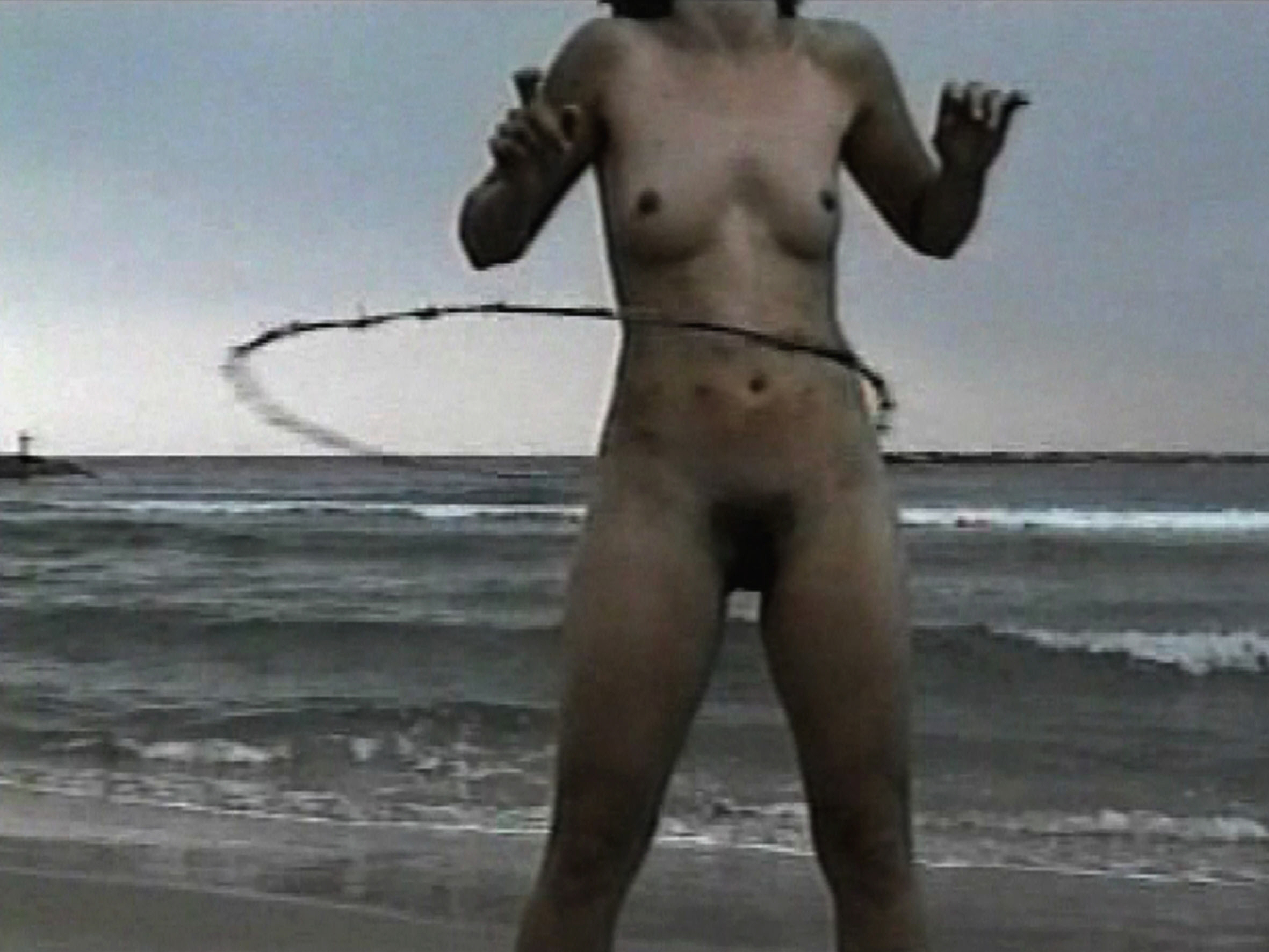
In the XX century, the issue of the body has had a unique prominent role within the art history and visual culture. CA2M showcases part of its extensive image collection (photographies, videographics and others) of the body by a serial of artists from different decades and years since mid-XX century to the present.
